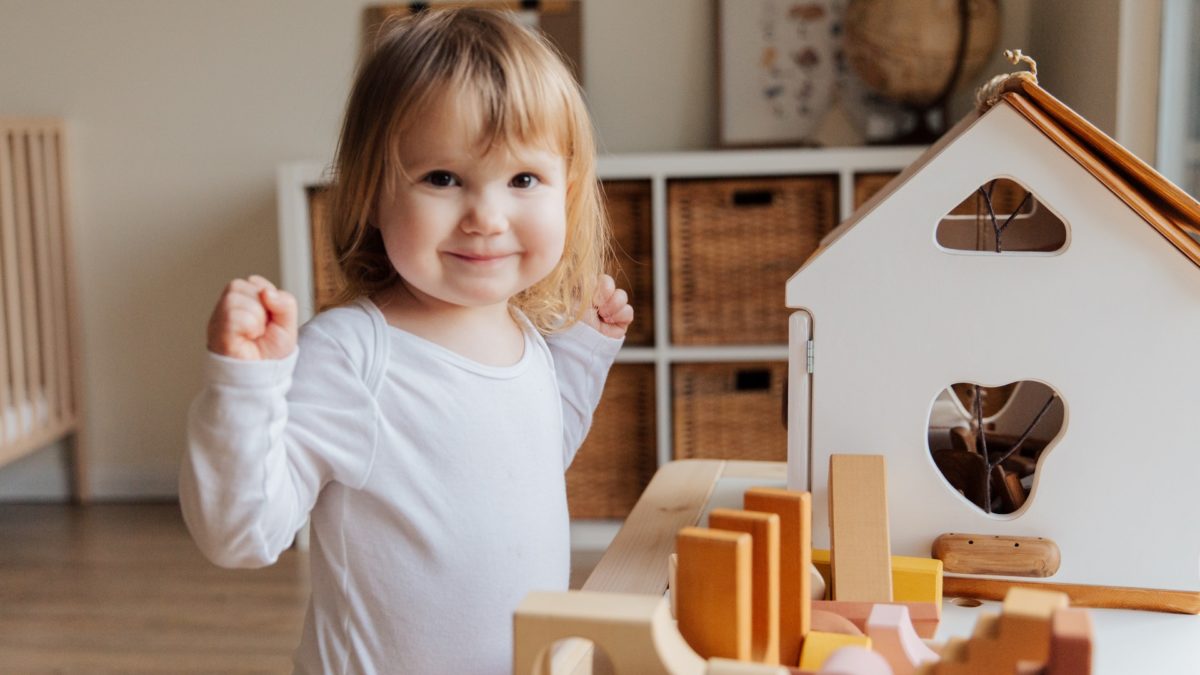While commonly associated with early childhood, adults can also benefit from these different types of play. But first, the question does need to be asked: Why do so many adults struggle to be playful?
As we grow up many of us become more serious versions of our younger selves, stuck in the turning cogs of life, less likely to slip spontaneously into playfulness. In my own, very unscientific research (ie. conversations I’ve had with people I know—most of whom are parents), there is a heaviness that seems to attach itself to play once we have kids.
On the face of it this seems counterintuitive. Wouldn’t having kids make us more likely to spend time in play mode, not less? In my experience, the answer has been a definitive not-so-much because, while I found myself playing more frequently, rarely did it feel light or loose or enjoyable, like play used to feel when I was young. It often felt (forgive me) like a chore. It felt like something I had to do because, as parents, we know that young children learn through play and benefit enormously from it, as do our relationships with them.
How different types of play benefit child development

Play builds safe, stable and nurturing relationships. All levels of children’s play teach kids social skills and how to interact with adults and peers. Play also promotes brain and language development.
And so I was playing with my children to help their development and deepen our bonds—things I both wanted and needed to do. When you recognise that play is, by definition, a needless pursuit, however, it becomes clear that playing with our kids because it’s good for their development is not actually play for the parent. So it’s little wonder I felt heavy and guilty about play much of the time, particularly when paired with my own mistaken belief that play was solely the domain of a child’s life.
I’m not advocating for a world where we stop worrying about serious issues in order to play LEGO all day. But if play inspires awe and wonder in us, if it promotes creativity and problem-solving, if it encourages empathy and compassion (which it does), how might it improve our efforts in solving serious, grown-up problems and making the world a more compassionate, egalitarian place?
Different ways to play
Did you know there is more than one kind of play? Perhaps as many as 16? Even though there are clear differences between make-believe games, board games, playing with clay and making a cereal-box theme park for your soft toys, I’d never really considered that there were different categories of play, nor that we each have our own preferences.
Recognising these different types of play has shown me why I’ve felt disconnected from play for so long—I’d been stuck on the idea that it needed to look a particular way.
Dr Stuart Brown, founder of the US National Institute for Play, has developed categories of play that are vital not only to our development, but also to our mental health, our ability to form trust in our relationships, our emotional wellbeing, our job satisfaction and sense of empowerment as adults. Here’s three from his list:
Read: 10 of the best toys for kids that will stand the test of time
1. Body play and movement
What begins as a way for children to develop a spatial understanding of themselves and the world around them becomes what Dr Brown delightfully describes as “a spontaneous desire to get out of the effects of gravity”.
Active play involving random movements or play that encourages activity, such as crawling, running or jumping, all contribute to developing gross motor skills. They also help with honing coordination and balance. (Fine motor skills, on the other hand, is developed through creative play such as using playdough, drawing and cutting. Using building blocks, squeezing triggers on spray bottles, or picking up objects with tongs or tweezers can also help.)
2. Imaginative play

This often comes in the form of dramatic play, fantasy play or role play. When playing with someone else, it does wonders for learning about social interaction and even problem solving.
As adults it’s a chance to work out our point of view, to try out different attitudes and character traits, to try on different costumes and see how the world feels when we wander through it in someone else’s shoes for a while.
3. Ritual play
If you love playing games with set rules or structures—for example, sports, chess, board games and the like—these are all considered ritual play.
Other types of play
Even though it’s not possible to write an exhaustive list of ways to play, I wanted to offer a few ideas in case something sparks a light in you. Keep in mind it’s a list written from the perspective of an overthinking, over-earnest adult who still struggles to make laughter her default response and will probably never be quite as fun as Dad, but I hope there’s something in here that feels like home.
While independent or solitary play is something we should also encourage in our children, social play with our children, regardless of their age, has the potential to develop a lasting bond with them.
Most of these activities you can enjoy with your children:
- Turn on your favourite song and dance around the house as you get ready in the morning.
- Jump on a trampoline.
- Spend a few moments colouring in or doodling.
- Take a moment to share a joke or a funny story.

This is an edited extract from Care by Brooke McAlary, Allen & Unwin, RRP $32.99.
How helpful was this article?
Click on a star to rate it!
0 / 5. 0
Be the first to rate this post!
Brooke McAlary
Related posts
Subscribe
Receive personalised articles from experts and wellness inspiration weekly!

